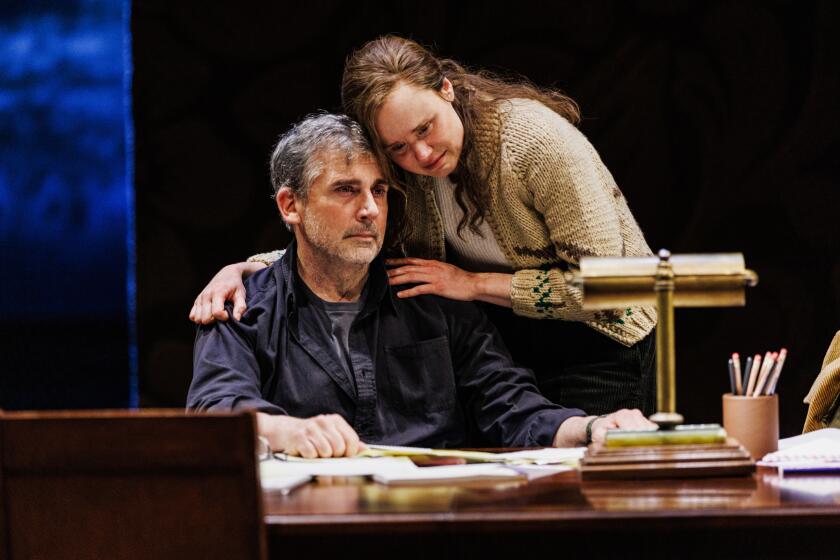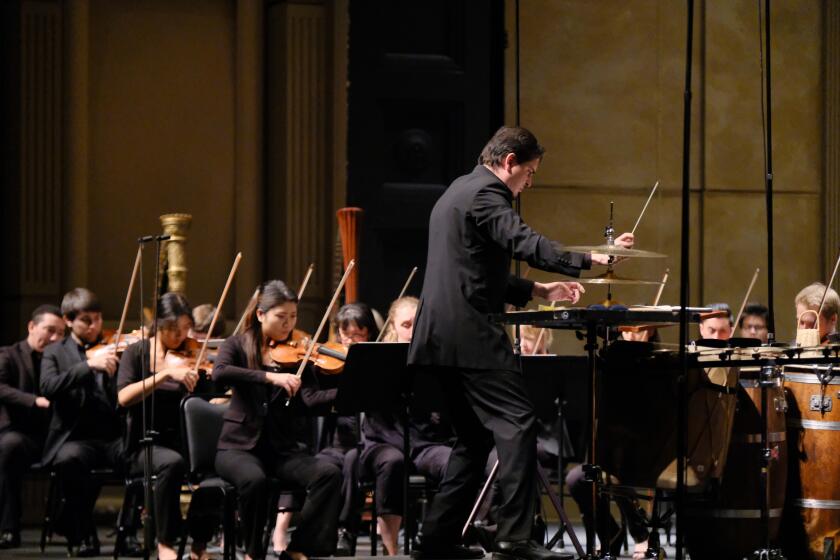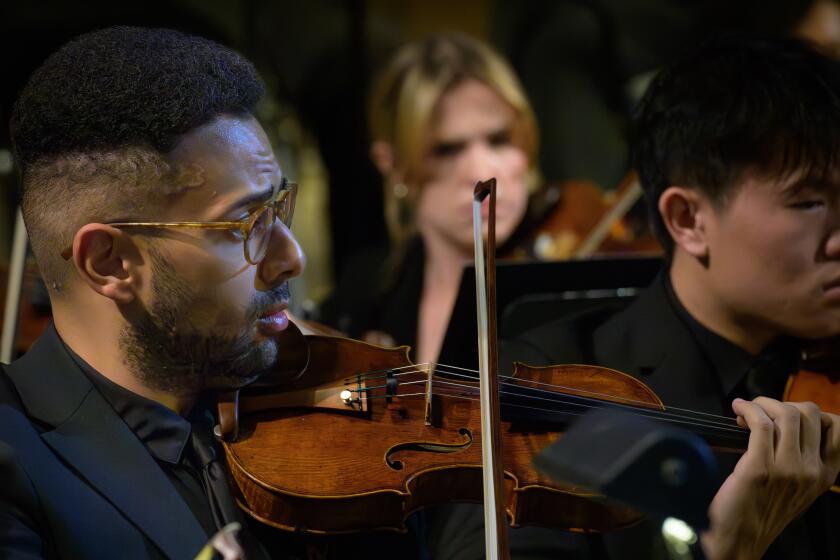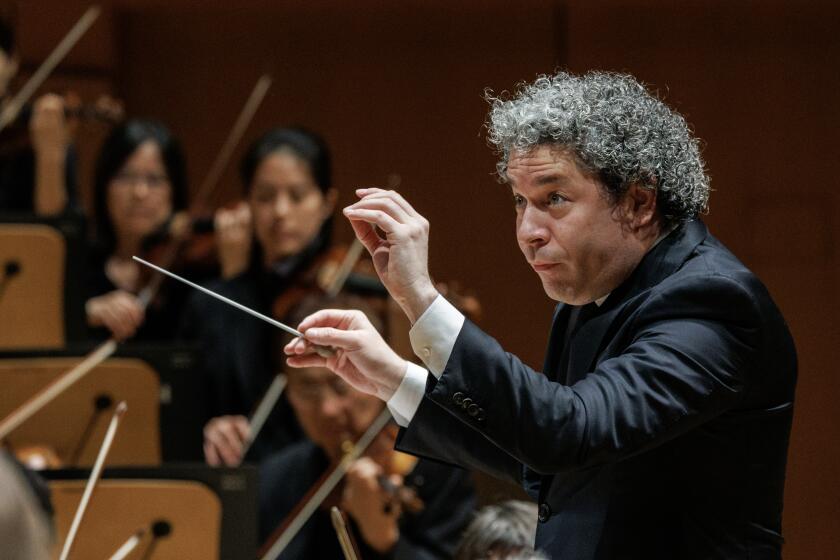KIDS’ STYLE : Small Worlds : Centers of Attention
Back in the days when children were seen and not heard, few grown-ups asked tots for their views on design. Most schoolrooms came in two shades--jailhouse brown and hospital green--and were as square and spare as offices. Playgrounds, too, were businesslike, with rows of swings and slides in sandlots and asphalt jungles. Wherever they were--home, school, park or doctor’s office--kids often found themselves in a one-size-fits-all junior version of Adultland.
The current child-care explosion has changed that, and so have concerns about children’s safety and research into how and when youngsters start to learn. Older parents, who’ve had more time to develop strong opinions about their kids’ needs, have also had an impact, prompting educators, corporations and design professionals to rethink the child-size scene.
What they’re coming up with are age-specific and developmentally appropriate environments, says Beth Reeves Fortney, an Arcadia design and child development consultant. “Children aren’t just little adults,” she explains. “They have different needs, fears and interests, which design elements can address.”
While visual stimulation and interactive qualities are important in a young person’s space, so is flexibility, she adds. “They need a place that isn’t so overdesigned that they can’t make it their own.”
As these pages show, kids’ settings can reflect the energy and exuberance of a child’s-eye view and please parents who might have grown up hungry for color.
*
In the world of corporate-sponsored child-care centers, Mark Rios is rapidly earning a reputation for stylish design that integrates the innovative and the practical. Over the past few years, Rios and his staff have created facilities in Southern California for Warner Bros., Mattel Toys, Disney and MCA/Universal Studios. The very look of these snappy settings is calculated to put tots in an animated mood. They’re free-flowing, full of light and shaped like flying kites and birds’ wings. They offer plenty of opportunities, both indoors and out, to touch, climb and investigate.
Trained as a building and landscape architect, Rios provides his clients with a complete package--buildings, interiors and outdoor play spaces, even designing rugs and furniture when necessary to fit the specific site.
As they embark on each project, Rios and his associates consult child-development specialists for evaluations of the team’s ideas. They also cast back to their own childhoods and re-create cherished memories in what they build: waterways reminiscent of run-through lawn sprinklers; play structures with all the snug seclusion of a box-and-blanket fort.
By using natural and recycled materials, they also try to get young children to think about the environment and their place in it. But their main objective, says Rios, is “to promote learning and questioning at the same time that kids are having fun.”
Sign up for The Wild
We’ll help you find the best places to hike, bike and run, as well as the perfect silent spots for meditation and yoga.
You may occasionally receive promotional content from the Los Angeles Times.



